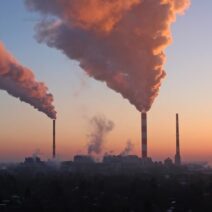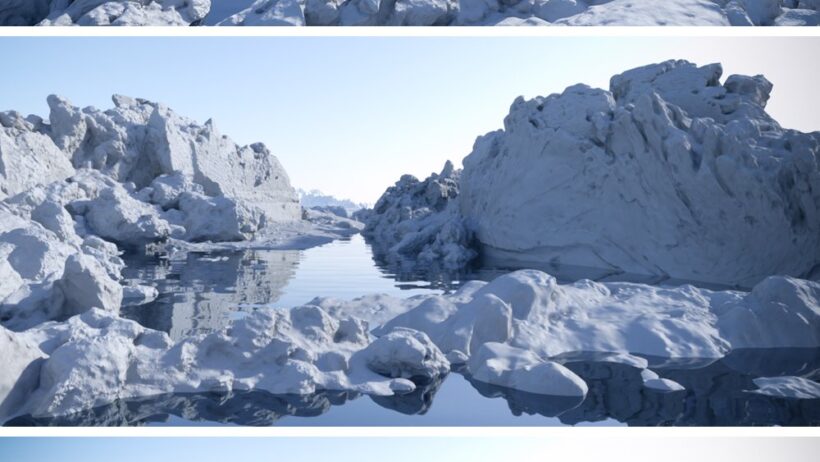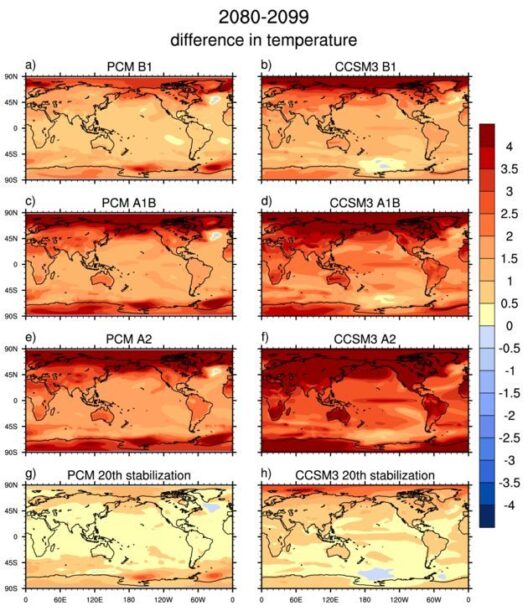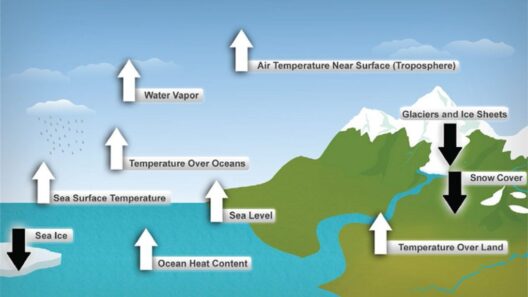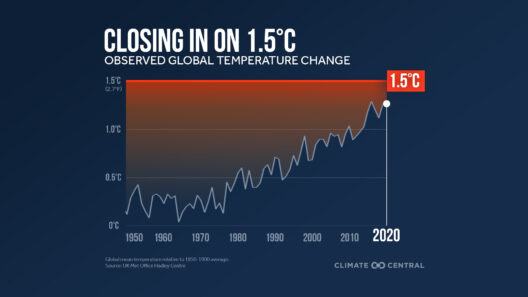The tundra biome, characterized by its frigid soils and stark landscapes, presents a unique ecological environment. Tundra temperatures, particularly in regions colloquially referred to as “Frozen Lands,” exhibit a climate that fluctuates dramatically between seasons, reflecting both the harshness and the resilience of life in these areas. This essay delves into the intricate characteristics of tundra climates, types of tundra, temperature ranges across various seasons, and the implications of climate change on these fragile ecosystems.
To aptly understand the tundra, one must first distinguish the two primary types: Arctic tundra and alpine tundra. The Arctic tundra is typically found in high-latitude regions, encircling the North Pole, while alpine tundra occurs on high mountaintops across the globe, irrespective of latitude. Both types exhibit unique climate signatures, yet share common traits such as a short growing season and an underlying layer of permafrost—permanently frozen soil that poses significant limitations on vegetation growth.
Arctic tundra experiences extreme temperatures, with long, frigid winters and very brief summers. Winter temperatures can plummet below -30 degrees Fahrenheit (-34 degrees Celsius) in certain locales, whereas summer temperatures may only reach a high of approximately 50 degrees Fahrenheit (10 degrees Celsius). Despite the relatively mild warmth of summer, a distinguishing feature of this biome is that it can never be considered warm in the traditional sense. The presence of the midnight sun during the peak of summer leads to around-the-clock daylight for extended periods, stimulating the growth of hardy flora such as mosses, lichens, and low shrubs.
In stark contrast, alpine tundra regions do not experience such extreme seasonal variation in daylight, yet they face their own set of climatic conditions. These areas are often subjected to high winds and rapid weather changes, resulting in cooler average temperatures than some may expect based solely on elevation. Typically, summer temperatures in alpine tundra hover around 50 to 60 degrees Fahrenheit (10 to 15 degrees Celsius). However, the presence of the high-altitude location often results in extreme conditions with sudden frosts, even in summer months.
Temperature variability in tundra regions is significant. Days can be unseasonably warm, leading to brief bouts of thawing, only to be followed by abrupt return to freezing conditions, which can adversely affect delicate ecosystems. For fauna adapted to these environments, such unpredictable weather patterns necessitate agile survival strategies, such as hibernation or migration. For example, caribou traverse vast distances across the tundra to find nourishment or to escape the coldest months safely. Such adaptability is critical for the survival of species within this biome, where winter often dominates their lifespan.
Within these tundra climates lies a remarkable interconnected web of life. Vegetation plays a pivotal role in regulating temperatures and providing habitats for various species. The low-growing plants are built to withstand extreme conditions with shallow root systems, aiding their resilience against strong winds and nutrient-poor soils. Yet, the significance of these ecosystems transcends mere aesthetics; they are crucial carbon sinks, trapping carbon dioxide and regulating global temperatures. This dynamic balance, however, is under siege by the looming threat of climate change.
Climate change is exerting an unprecedented influence on tundra ecosystems. As global temperatures inch upwards, permafrost is thawing at alarming rates, releasing long-stored greenhouse gases like methane. This feedback loop accentuates the urgency of addressing climate change due to the far-reaching implications for not just tundra environments, but for global climate systems at large. The average temperature of tundra regions is projected to rise by several degrees over the coming decades, drastically altering the living conditions for species that have evolved under very specific temperature parameters.
Moreover, the thawing of permafrost transforms landscapes. Wetlands form as ice melts, potentially enhancing vegetation growth in the short term. However, the long-term effects are profoundly concerning: increased erosion, altered hydrology, and disruption to local flora and fauna. Biodiversity loss is on the horizon as these rapid changes outpace the ability of many plants and animals to adapt. The once-stable tundra ecosystems are now becoming battlegrounds against the relentless march of warming temperatures.
In conclusion, understanding the average climate of tundra regions, particularly those dubbed “Frozen Lands,” necessitates an exploration into not just temperature averages but the broader climatic realities these areas face. The stark beauty of the tundra, with its resilient flora and fauna, is obscured by the threats derived from anthropogenic climate change. It is imperative that we acknowledge the precariousness of these ecosystems and advocate for protective measures. As temperatures continue to rise, the time for awareness, conservation, and decisive action on climate change is now—a responsibility shared by all who inhabit this planet.
